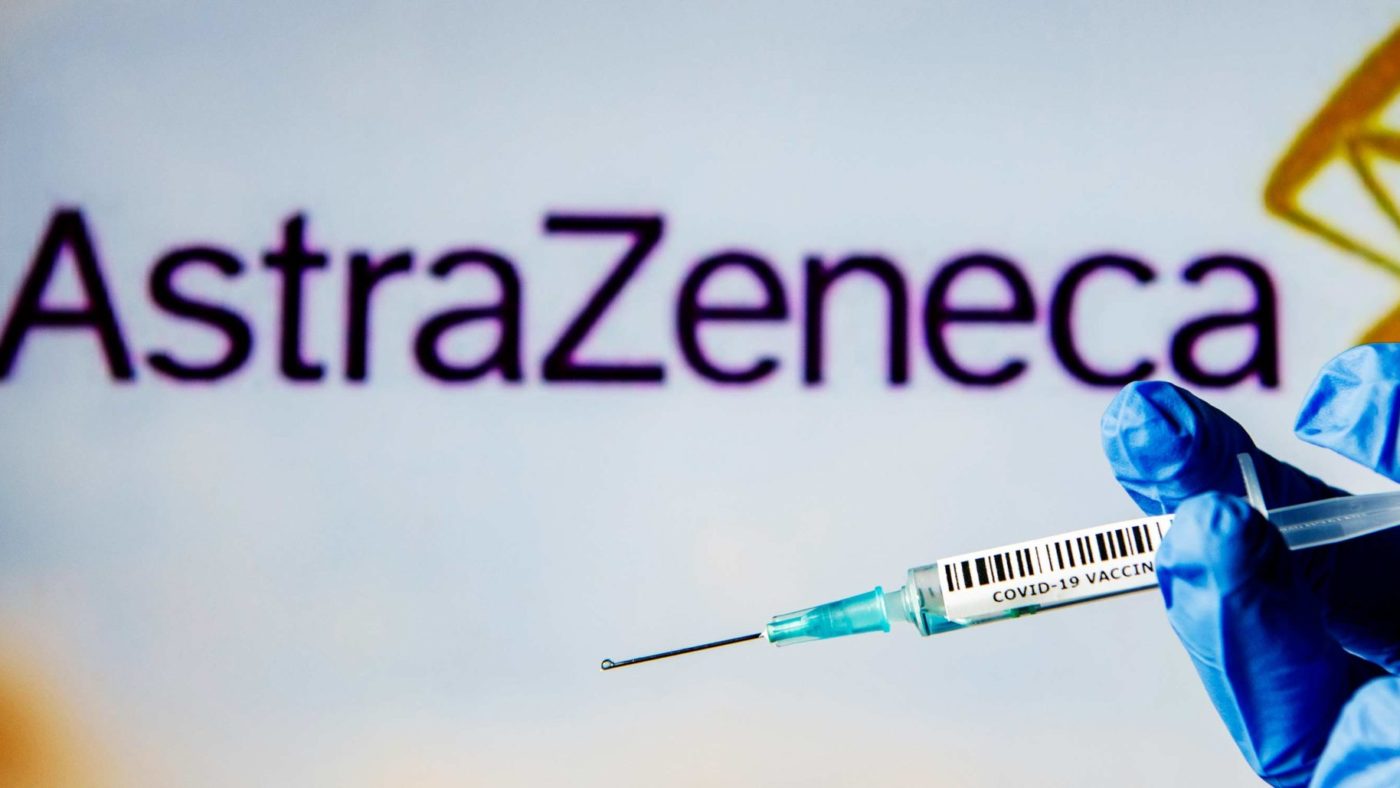The benefits of the AstraZeneca vaccine are exceedingly high and the risks astonishingly low.
The latest US trial results put it at 76% effective at preventing Covid-19 and 100% effective at preventing serious disease. The UK’s overall vaccination programme, which was largely dependent on AZ, has already prevented 6,000 deaths in the first three months of 2021, and that’s mostly just thanks to first doses.
But, as the Joint Committee on Vaccination and Immunisation (JCVI) have concluded, there is a likely link between the vaccine and rare incidents of blot clots. UK data puts the risk of blood clots at 1 in 250,000 and the risk of death is 1 in a million – or 79 cases and seven deaths from 11 million first doses.
This is, by any standard, an extremely low risk. Every year millions of people do things which increase the chance of getting blood clots –like taking the contraceptive pill (1 in 10,000 blood clots). They also do routine things that carry some risk of death, like taking a bath (1 in 650,000) or being hit in your home by a crashing aeroplane (1 in 250,000).
In absolute terms, many other activities are also much bigger killers, such as driving (27,820 deaths 2019), cycling (98 deaths) and swimming (23 drownings). And, we should not forget, Covid-19 is directly responsible for over 127,000 deaths in the UK – as well as a high number of blood clots, strokes and other ailments.
Deputy Chief Medical Officer Jonathan Van-Tam, with help from the Winton Centre at the University of Cambridge, has directly compared the risks and benefits of the vaccine. This was presented across age groups at different levels of community spread. In February, for example, those aged 60-69 had a 41-in-100,000 chance of being admitted to an ICU with Covid-19, compared to just a 1-in-500,000 risk of serious harm due to the vaccine.
The only case in which the costs of taking the vaccine appear to outweigh the benefits are for under-30s, in the context of low community transmission – 1.1 serious harms from vaccine compared to 0.8 ICU admissions from Covid-19 per 100,000. It was on this basis that the MHRA will now recommend that under-30s take a different vaccine (though the choice will ultimately remain with the individual).
This analytical method is a reasonable attempt at a cost-benefit analysis. However, it also skews against vaccines, since the negative side-effect is a one-off, while the protection offered by vaccination is likely ongoing. It also ignores the broader societal benefit of reducing transmission and ending the mayhem of the pandemic. Then there is the risk of discouraging vaccine take-up, which could increase community transmission and that associated harm — if not in the UK then almost certainly in other countries that are not as far along in their programmes.
An alternative approach would have been for the MHRA to advise more active monitoring that, with proper treatment, could have reduced the chance of death to near zero.
Nevertheless, these are complex matters and, since it is an exceedingly rare side effect, there is very limited data available. Considering the UK’s healthy supply of alternatives, the decision should have minimal negative consequences.
Last month on CapX, I poured cold water over the idea that there was a causal link between the AZ vaccine and blood clots. At the time, there was insufficient evidence to reach that conclusion. When the facts change, it is important to correct your priors and admit that you were wrong.
The central point of my piece, however, remains valid. The decision by European countries to suspend the AZ vaccine for all ages continues to be wrong: there was and still is insufficient evidence to substantiate widespread harm. The suspension in other countries likely cost many more lives than it would have saved by slowing the rollout and dampening confidence in the life-saving vaccine.
The key difference between the UK’s decision, and earlier conclusions, is the underlying analytical reasoning. European regulators suspended the AZ vaccine using the precautionary principle: that an action with potential harm should be prevented even if there isn’t scientific evidence of the harm.
The UK regulators took what is closer to a ‘permissionless innovation’ approach: they allowed the vaccinations to continue until there was evidence of harm, spent extensive time gathering data, and then intervened in a limited and specific manner on a cost-benefit basis.
They then carefully communicated this conclusion, stressing how the benefits outweigh the risks for the clear majority of people. Newspapers, including The Sun (“0.000095%”) and the Daily Mail (“Keep Calm and Carry on Jabbing”), also reported the results responsibly.
A life lived in fear is a life half lived. Now it’s time to finish off these vaccinations and get life back to normal.
Click here to subscribe to our daily briefing – the best pieces from CapX and across the web.
CapX depends on the generosity of its readers. If you value what we do, please consider making a donation.


